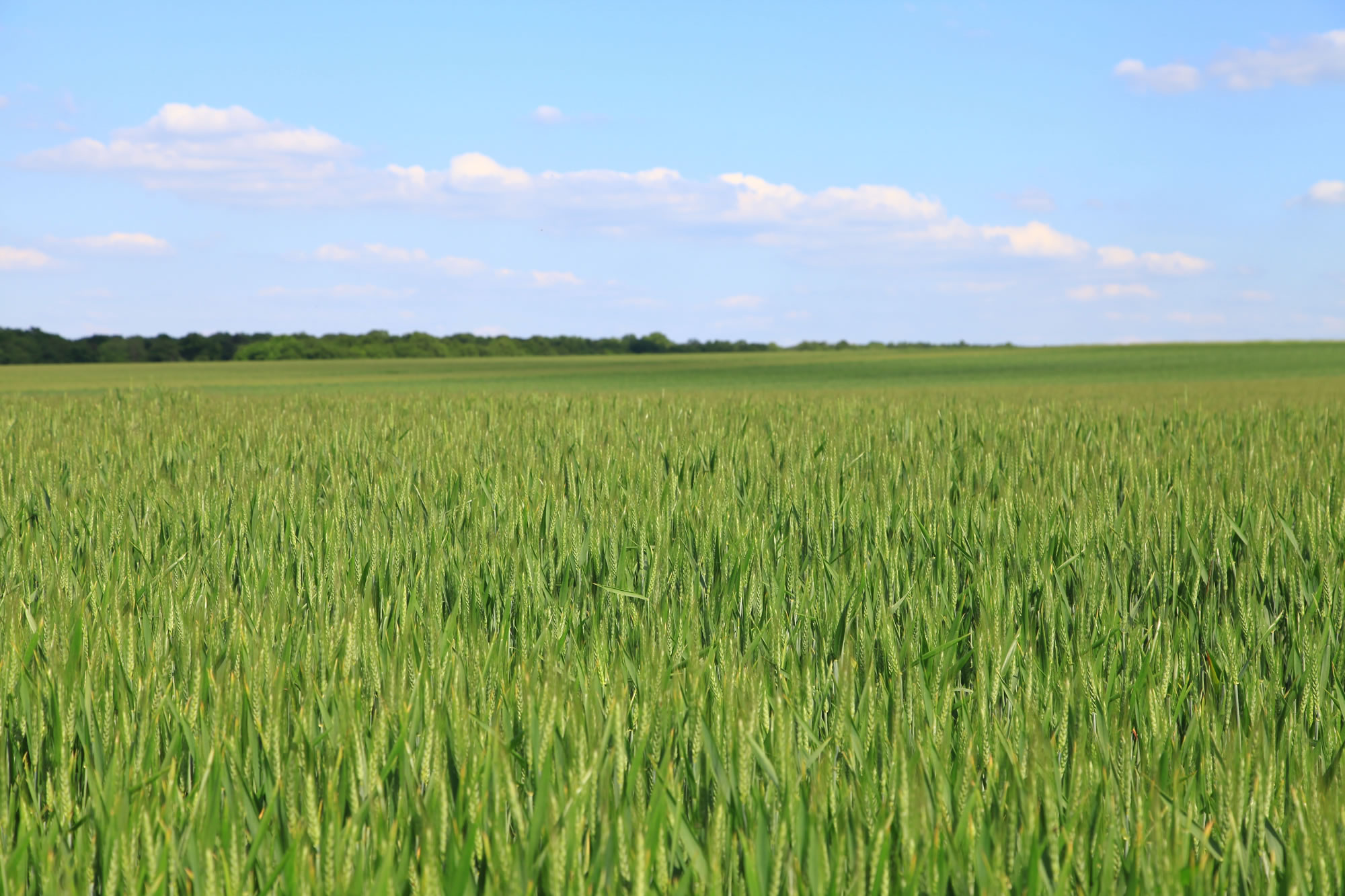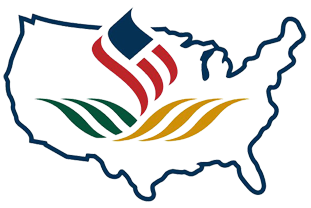What is a Custom Harvester?
A custom harvester is someone who harvests crops for an individual farmer or business. USCHI is proud to have both grain and forage harvesters as part of our organization. When a farmer does not have the time or is unable to invest in such large equipment, he/she uses the services of a custom harvester. Being a custom harvester takes a lot of hard work and stamina, as there are many late nights and hard labor required. Since crews travel almost year-round, they live in recreational vehicles during harvest. As a custom harvester, there are many rules and regulations to follow when hauling their heavy equipment and various supplies. USCHI is able to keep our members up-to-date on these complex regulations so that they have a thorough knowledge of both federal and state laws that apply to our industry.
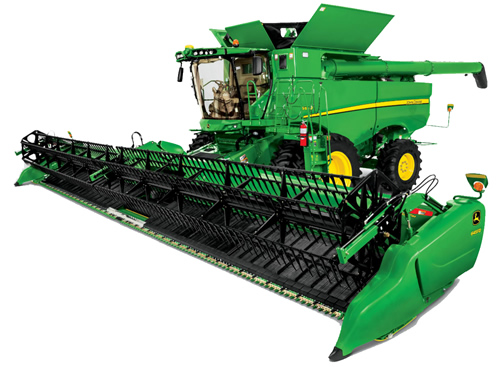
A grain harvester uses combines to pick corn and cut small grains. These small grains could be wheat, barley, canola, sunflowers, soybeans, and grain sorghum among others. These crop products are then taken to an elevator or gin, where the crop may be stored or hauled away to become the products we use every day. It's very possible that almost anything from your bread and cereal to your carpet and lip balm contains ingredients that were brought into the supply channel by a custom harvester. Typically, a grain harvester begins their season in May cutting wheat in Texas. Their crew then travels their way up to the Canadian border throughout the summer and early fall, stopping along the way to harvest crops.
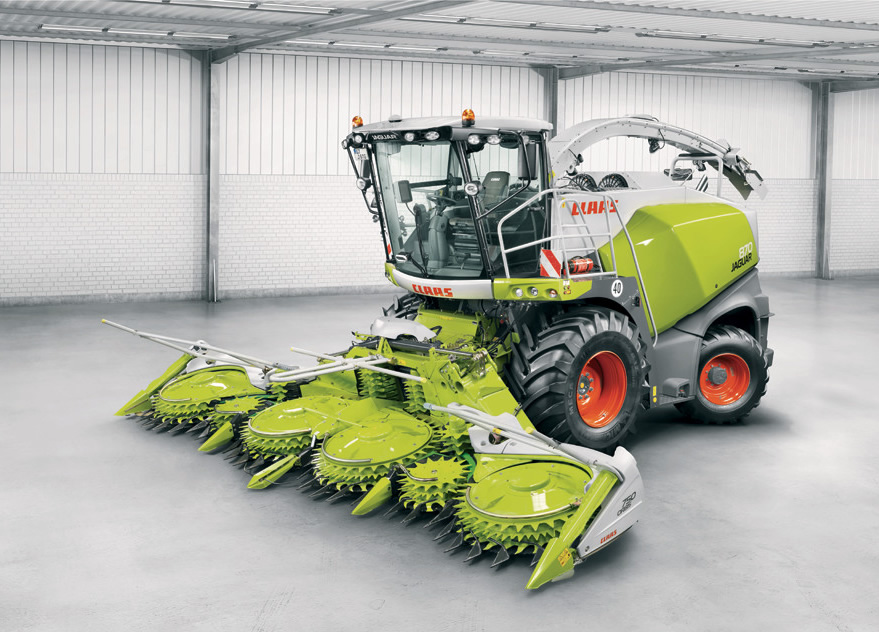
A forage harvester uses choppers, mowers, and swathers in the harvesting process for multiple crops such as triticale and alfalfa. These crops are used for silage to feed livestock. Many large dairies throughout the U.S. require the services of a forage harvester, as dairy cows require tons of corn silage to produce milk. After the silage is chopped, it can be piled in a large heap/bunker and compressed down by large equipment so that as little oxygen as possible is left. This pile is then used throughout the year to feed animals. The chopped silage can also be put in bags or silos for storage. Forage harvesters travel all over the U.S. beginning in March and ending late fall.
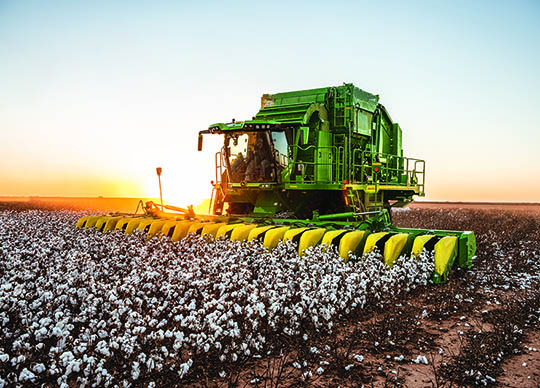
A cotton harvester uses cotton pickers or strippers to harvest cotton. Cotton harvesters are very large machines and hauling them can be difficult. After cotton is baled or made into modules, it is then hauled via trucks to a cotton gin to be cleaned and made into small square bales of pure cotton. Cotton is used in multiple products, such as clothing, paper money, and animal feed. Cotton harvest season begins in July in the Deep South and south Texas and in October as far north as central Kansas. Depending on weather, cotton harvest is usually finished in the U.S. by the end of the year.
Why should I hire a custom harvester? See financials and more here.
